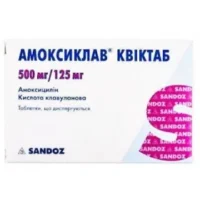Description
Sulfargyn (Silver Sulfadiazine) Ointment 1% 50 g Tube
Ingredients
- Active ingredient: Silver sulfadiazine 1%
- Inactive ingredients: White petrolatum
Dosage
Apply a thin layer of the ointment to the affected area 1-2 times daily or as directed by a healthcare professional.
Indications
Sulfargyn ointment is indicated for the prevention and treatment of wound infections in patients with second and third-degree burns.
Contraindications
Do not use Sulfargyn ointment in patients with a known hypersensitivity to silver sulfadiazine or any of the inactive ingredients.
Directions
Clean the affected area, apply the ointment, and cover with a sterile dressing. Reapply as needed.
Scientific Evidence
Silver sulfadiazine has broad-spectrum antimicrobial properties, inhibiting bacterial growth and preventing infection in burn wounds. Studies support its effectiveness in reducing bacterial colonization and promoting wound healing.
Additional Information
Sulfargyn ointment creates a moist environment conducive to wound healing, reducing pain and infection risk in burn wounds. Clinical trials have shown the efficacy of silver sulfadiazine in improving outcomes for burn injuries.





